Chapter 3 Highway Capacity Manual Overview
3.1 What is the Highway Capacity Manual?
The Highway Capacity Manual (HCM) serves as a fundamental reference on concepts, performance measures, and analysis techniques for evaluating the multimodal operation of streets, highways, freeways, and off-street pathways.
The text in the following three sections is largely excerpted from Chapter 1 of the HCM (p. 1-4)
3.2 Purpose and Objectives
The purpose of the HCM is to provide methodologies and associated application procedures for evaluating the multimodal performance of highway and street facilities in terms of operational measures and one or more quality-of-service indicators.
The objectives of the HCM are to:
1. Define performance measures and describe survey methods for key traffic characteristics,
2. Provide methodologies for estimating and predicting performance measures, and
3. Explain methodologies at a level of detail that allows readers to understand the factors affecting multimodal operation.
The HCM presents the best available techniques at the time of publishing for determining capacity and level of service (LOS). However, it does not establish a legal standard for highway design or construction.
3.3 Intended Use
The HCM is intended to be used primarily for the analysis areas listed below, to the extent that they are supported by the individual analysis methodologies.
- Levels of analysis: operations, design, preliminary engineering, and planning.
- Travel modes: motorized vehicles, pedestrian, and bicycle, plus transit when it is part of a multimodal urban street facility.
- Spatial coverage: points, segments, and facilities.
- Temporal coverage: undersaturated and oversaturated conditions.
3.4 Target Users
The HCM is prepared for use by (a) engineers who work in the field of traffic operations or highway geometric design and (b) transportation planners who work in the field of transportation system management. To use the manual effectively and to apply its methodologies, some technical background is desirable—typically university-level training or technical work in a public agency or consulting firm.
The HCM is also useful to management personnel, educators, air quality specialists, noise specialists, elected officials, regional land use planners, and interest groups representing special users.
3.5 Versions of the HCM
The first HCM was published in 1950. Since that time, new editions of the HCM have been published every 10-20 years. Previous HCM editions have had a year in the title, although they have also been referred to with an “edition” number. The previous HCM editions are listed below.
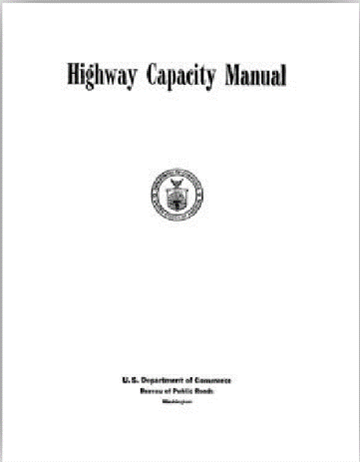
Figure 3.1: 1950 HCM: Only 160 pages long, and focused on capacity related to the U.S. roadway network expansion after World War II. 1965: Introduction of the level of service (LOS) concept and bus transit chapter.

Figure 3.2: 1965 HCM: Introduction of the level of service (LOS) concept and bus transit chapter.
Starting with the 1985 edition, results of new research on highway capacity and quality of service were presented for measuring roadway performance.
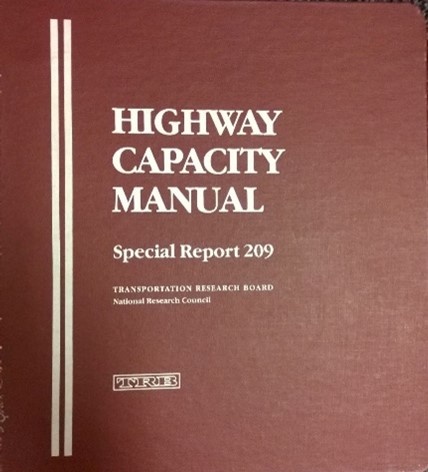
Figure 3.3: 1985 HCM: Significant research incorporated adding pedestrians and bicycles chapters. Updates to this edition were made in 1992, 1994, and 1997.
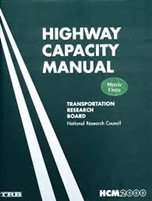
Figure 3.4: 2000 HCM: Added new research with increase in volume and breadth.
In order to make the material in the HCM 2000 easier to understand and follow, the HCM 2010 was reorganized with new material added from research projects. A broader range of performance measures were introduced for assessing the performance of transportation facilities and all roadway users.
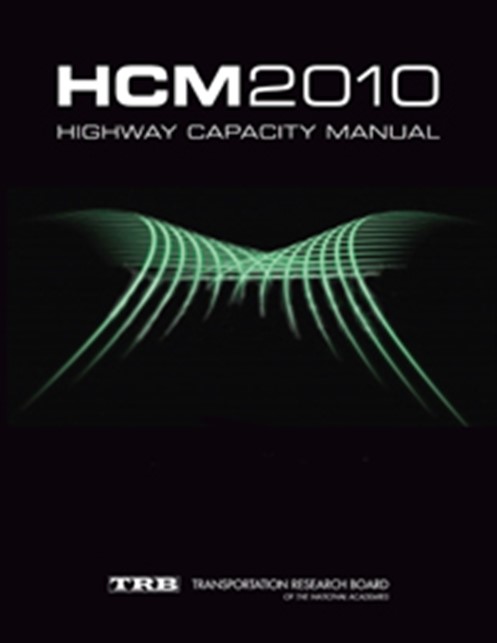
Figure 3.5: 2010 HCM: New research added, additional focus on non-automobile modes, four volumes. It was reorganized to make it more clear and understandable.

Figure 3.6: The Highway Capacity Manual, 6th Edition: A Guide for Multimodal Mobility Analysis.
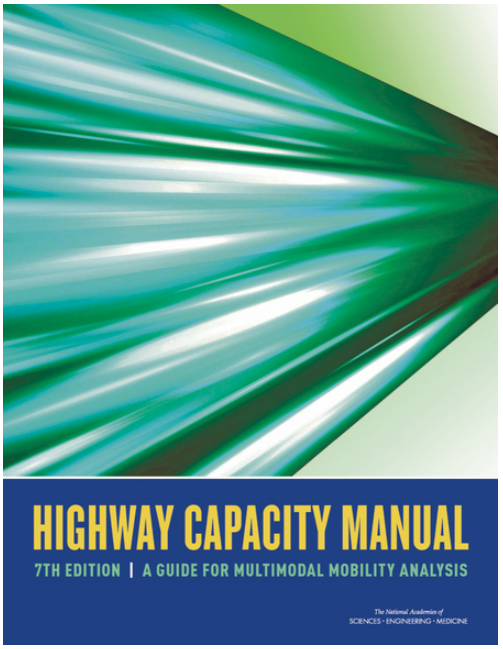
Figure 3.7: The current version, The Highway Capacity Manual, 7th Edition: A Guide for Multimodal Mobility Analysis.
3.6 Who Oversees Development and Maintenance of the HCM?
The Transportation Research Board’s Highway Capacity and Quality of Service Committee (HCQSC) is responsible for development and maintenance of the HCM. The HCQSC is comprised of the following subcommittees:
- interrupted flow,
- uninterrupted flow,
- cross-cutting issues,
- applications, and
- technology transfer.
Membership
- Typically 30-32 Full committee members
- Generally a member can serve a maximum of 3 consecutive 3-year terms
- Organizations represented
- Public Agency
- Private Consulting
- Academia
- Broad geographic diversity
- Subcommittee membership
- No official limit, controlled by subcommittee chairs
- Public Agency
- Meetings
- TRB Annual Meeting
- Typical meeting schedule:
- Saturday 1:00 pm – 6:00 pm
- Sunday 8:00 am – 6:00 pm
- Monday 8:00 am - 12:00 PM
- Saturday 1:00 pm – 6:00 pm
- Typical meeting schedule:
- Mid-year Meeting
- Typically held in June or July
- Rotates locations
- Occasionally held in an international location
Last 3: Berlin (2016), Stockholm (2011), Tokyo (2006)
- Typically held in June or July
- TRB Annual Meeting
My involvement with committee…
- Actively involved with the HCQS committee since 2000
- Full committee member, 2006-2016
- Freeways/Multilane Highways subcommittee chair, 2006-2011
- User Liaison subcommittee chair, 2011-2016
- Focus of my involvement with the committee has primarily been with the uninterrupted-flow analysis methodologies and content
3.7 Scope and Structure of the HCM
The HCM addresses four dimensions for providing transportation mobility for people and goods:
- Quantity of travel, the magnitude of use of a transportation facility or service;
- Quality of travel, users’ perceptions of travel on a transportation facility or service with respect to their expectations;
- Accessibility, the ease with which travelers can engage in desired activities; and
- Capacity, the ability of a transportation facility or service to meet the quantity of travel demanded of it.
The HCM is divided into four volumes: three printed and one online.
- Volume 1 houses concepts material,
- Volume 2 describes the methodologies for freeways and highways,
- Volume 3 describes the methodologies for urban streets and off-street pedestrian and bicycle facilities, and
- Volume 4 provides additional resources that support the material in the printed HCM.
General highway capacity and quality of service concepts were addressed in Volume 1. The typical Volumes 2 and 3 section layout consists of:
- Detailed chapter-specific concepts, such as service volume tables, have been added.
- Methodological chapters begin with a short introduction describing the purpose of the chapter, the information found within it, and cross-references to related material in other chapters.
- The core motorized vehicle methodology (e.g., two-lane highway analysis for motor vehicles) is presented next, including the method’s strengths and limitations, circumstances when alternative tools might be considered, the method’s required input data (and potential sources), and a description of the flow of calculations.
- Mode-specific methodologies (e.g., bicycle travel on two-lane highways), to better highlight the existence of these methods, are provided after the motorized vehicle methodology
- An applications section provides information about applying the chapter’s method to planning and preliminary engineering, operations, and design analyses; often provides example results; and discusses the use of the method in conjunction with alternative tools, when available.
- A reference section for each chapter is provided.
3.7.1 Volume 1 - Concepts
Volume 1 introduces concepts that all HCM users should be familiar with before applying the manual. The chapter structure of Volume 1 is the same as the HCM 2010. Chapter 36 in online Volume 4 provides supplemental information that supports Volume 1; new information in this chapter includes guidance on measuring travel time reliability in the field and listings of reliability values for selected U.S. facilities.
| Printed Chapters | Online Chapters (Volume 4) |
|---|---|
| 1. HCM User’s Guide | 36. Concepts: Supplemental |
| 2. Applications | |
| 3. Modal Characteristics | |
| 4. Traffic Operations and Capacity Concepts | |
| 5. Quality-of-Service Concepts | |
| 6. HCM and Alternative Analysis Tools | |
| 7. Interpreting HCM and Alternative Tool Results | |
| 8. HCM Primer | |
| 9. Glossary and Symbols |
3.7.2 Volume 2 – Uninterrupted Flow
HCM Volume 2 provides concepts, performance measures, and analysis methodologies specific to uninterrupted-flow facilities such as freeways. Chapter 11 on freeway reliability analysis is new. In addition, the HCM 2010 chapters on basic freeway segments and multilane highways have been merged into a single chapter (Chapter 12), as these roadways share many similar characteristics. Chapters 25-28 in online Volume 4 provide material that supplements the Volume 2 chapters. In particular, the example problems for uninterrupted-flow facilities have been moved into the Volume 4 chapters.
| Printed Chapters | Online Chapters (Volume 4) |
|---|---|
| 10. Freeway Facilities Core Methodology | 25. Freeway Facilities: Supplemental |
| 11. Freeway Reliability Analysis (New) | 26. Freeway and Highway Segments: Supplemental |
| 12. Basic Freeway and Multilane Highway Segments | 27. Freeway Weaving: Supplemental |
| 13. Freeway Weaving Segments) | 28. Freeway Merges and Diverges: Supplemental |
| 14. Freeway Merge and Diverge Segments | |
| 15. Two-Lane Highways |
3.7.3 Volume 3 – Interrupted Flow
HCM Volume 3 provides concepts, performance measures, and analysis methodologies specific to interrupted-flow facilities such as urban streets and the intersections found along them. Chapter 17, presenting methods for evaluating travel time reliability on urban streets and analyzing the effects of ATDM strategies, is new in the sixth edition. In addition, Chapter 23 has been expanded to cover alternative intersection and interchange types, such as diverging diamond interchanges and median U-turn intersections. Chapters 29-35 in online Volume 4 provide supplemental information, including example problems.
| Printed Chapters | Online Chapters (Volume 4) |
|---|---|
| 16. Urban Street Facilities | 29. Urban Street Facilities: Supplemental |
| 17. Urban Street Reliability and ATDM | 30. Urban Street Segments: Supplemental |
| 18. Urban Street Segments | 31. Signalized Intersections: Supplemental |
| 19. Signalized Intersections | 32. Stop-Controlled Intersections: Supplemental |
| 20. Two-Way Stop-Controlled Intersections | 33. Roundabouts: Supplemental |
| 21. All-Way Stop-Controlled Intersections | 34. Interchange Ramp Terminals: Supplemental |
| 22. Roundabouts | 35. Pedestrians and Bicycles: Supplemental |
| 23. Ramp Terminals and Alternative Intersections | 37. ATDM: Supplemental |
| 24. Off-Street Pedestrian and Bicycle Facilities |
3.7.4 Volume 4 (Online) – Concepts Supplemental
Volume 4 is open to all, including those who do not have a personal copy of the HCM. A free user account is required for access. It is available online at http://www.hcmvolume4.org/.
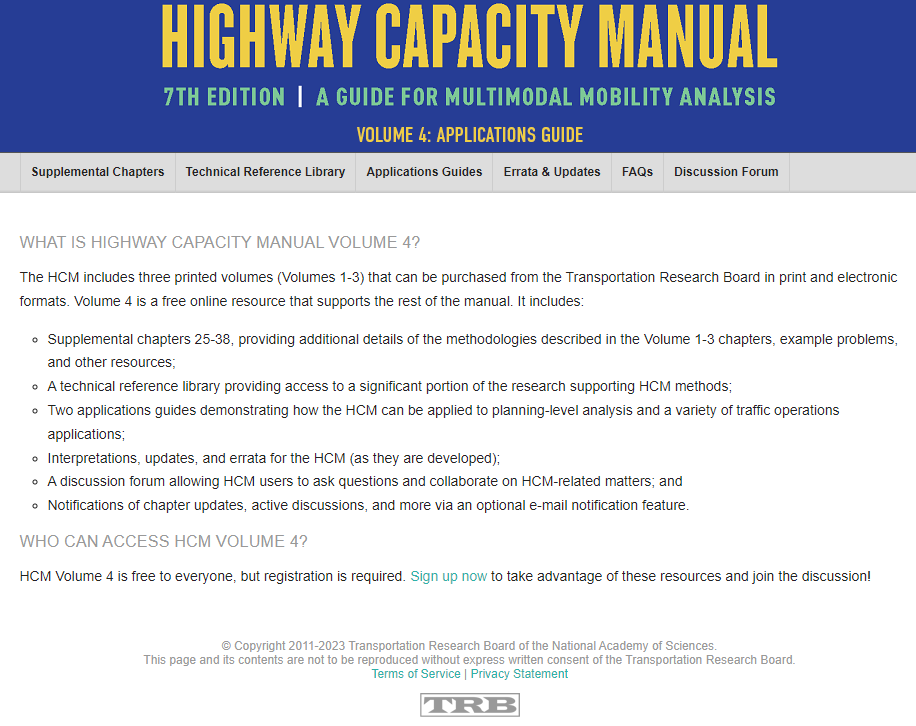
Figure 3.8: HCM 7th Edition, Volume 4: Applications Guide
Source: Transportation Research Board
Volume 4 provides more than just access to supplemental chapters. The HCQSC periodically issues interpretations and errata for the HCM that result from user questions and feedback. These errata are posted in Volume 4. The technical reference library provides access to many of the source research reports that form the basis for the HCM analysis methods, including:
- The HCM Applications Guidebook: This is an online tool that demonstrates how the HCM can be applied to a project as it evolves from concept to design to implementation.
- The Planning and Preliminary Engineering Applications Guide: This demonstrates how HCM concepts and methods can be incorporated into planning-level evaluations.
- Discussion Forum: This allows HCM users to ask questions of the broader HCM community on proper application of the HCM methodologies, technical interpretations, provide feedback about the HCM, etc. Committee members monitor and respond to the forum.
3.8 Recent Updates (6th and 7th editions)
- New title, to reflect how HCM content has expanded considerably beyond simply “highway capacity”
- Multimodal analysis (autos, trucks, peds, bikes, buses)
- Added travel time reliability, active transportation and demand management (ATDM), managed lanes, work zones, and alternative intersection operations.
- Capacity measurement: Many default values for capacity, and methods for estimating capacity, have been included in the HCM over the years. However, little guidance was provided for methods/techniques for measuring capacity from the field. Some improvement in this area was made for the HCM 6th edition, but this will continue to be a major focus for the committee, so that transportation agencies can determine capacity values most appropriate for their region.
- Impacts on capacity and operations as a function of advances in connected and autonomous vehicles. For example, see SunCam course 208-Future Highways – Automated Vehicles (https://www.suncam.com/courses/100250-01.html.)
- Two-lane highway analysis: The new two-lane highway analysis methodology, developed from NCHRP Project 17-65 (https://www.nap.edu/catalog/25179/improved-analysis-of-two-lane-highway-capacity-and-operational-performance).
3.9 Future Updates
Looking ahead, there are several areas the HCQS committee will be focused on for potential additions/revisions to the HCM, such as:
- ATDM adjustment values: Many of the adjustment factor values provided for the ATDM methodology are based on minimal research and/or expert opinion. The FHWA is putting considerable resources into quantifying the impacts of various ATDM strategies, and the HCQS committee will update the HCM with these results as they become available.
- Planning methods: Many of the operational analysis methods in the HCM have become quite complicated and difficult, if not impossible, to solve without software. Many transportation agencies, particularly those that include large rural areas, still desire simple-to-apply analysis methods that will give reasonably accurate results for planning purposes. The HCQS committee is focused on the continued development of planning methods, derived from the full operations methods.
- Simulation: While the HCM methods are not intended to compete, per se, with simulation methods, the increased complexity of the HCM methods over the last 15 years, combined with the near ubiquity of simulation, has blurred the line on which approach is most applicable for a given analysis situation. Some guidance to help practitioners determine when simulation might be a more appropriate approach than the HCM methods was provided starting with the HCM 2010 edition, but there is still much more room for improvement in this area. This will be a continued area of focus for the HCQS committee.
- Rural highway analysis (combinations of two-lane segments, multilane highway segments, and occasional intersections). Being addressed in NCHRP Project 08-135 (https://apps.trb.org/cmsfeed/TRBNetProjectDisplay.asp?ProjectID=4747)
3.10 Software
Improvements in computing power over time have resulted in increased use of technology to control the road system (e.g., more advanced signal systems), the ability to create more sophisticated models of roadway capacity and quality of service, and the development of software packages to perform HCM analyses. Today, most HCM users apply the HCM methods via software.
Even though the majority of HCM users apply HCM methods through software, there is still a need for analysts to understand how a method works, even though they may not be performing step-by-step calculations. They need to know what inputs are required, how variations in those inputs may impact the results, the research foundation for the method, the basic flow of calculations, the range of likely results, and resources to turn to in case of questions. In addition, a subset of users (including analysts who want to explore the reason behind a particular result) still require in-depth information about each method.
Originally, HCM methods could be applied with pencil and paper techniques. Today, the HCM is typically applied through software, which provides the capability for:
- faster analysis and a reduction in computational mistakes
- larger study areas
- modeling of more complex phenomena
- highly iterative calculations
It should be noted that there is no official software product for the HCM. This point is made in Chapter 1, Section 3 (p. 1-9) of the HCM, as follows…
“To assist users in implementing the methodologies in the manual, commercial software is available (and has been since the publication of the 1985 HCM) to perform the numerical calculations for the more computationally intensive methods. A variety of commercial software products are available that implement HCM techniques and provide sophisticated user interfaces and data manipulation tools. TRB does not review or endorse commercial products.”
3.11 Resources
Transportation Research Board (2022). Highway Capacity Manual, 7th Edition: A Guide for Multimodal Mobility Analysis. Transportation Research Board, Washington, DC. https://nap.nationalacademies.org/catalog/26432/highway-capacity-manual-7th-edition-a-guide-for-multimodal-mobility
Free Volume 4 Online http://www.hcmvolume4.org/
https://app.knovel.com/kn/resources/kpHCMEAGM2/toc
Transportation Research Board Highway Capacity and Quality of Service Committee ID: ACP40 https://www.mytrb.org/OnlineDirectory/Committee/Details/1526 https://www.hcqstrb.org